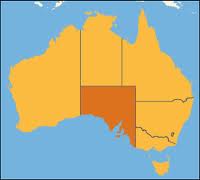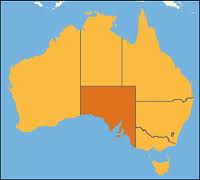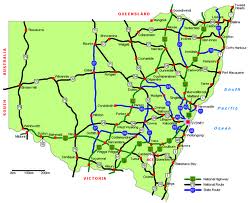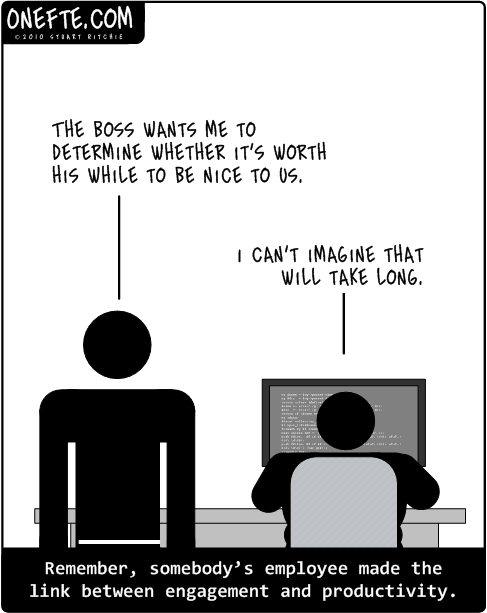The Australian Labour Market Report provides Labour Market Information for Regional Northern Territory businesses and introduces readers to a good range of facts about the labour market, employment and training.
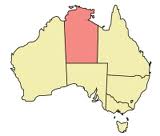 The area to download the report is below.
The area to download the report is below.
The report includes detailed workforce information about specific industries and all labour markets around Australia, including Regional Northern Territory.
[box type=”note”]Click here to get: More HR Advice [/box]
In national terms, there are 19 broad industries in Australia. In employment terms, the largest are Health Care and Social Assistance, Retail Trade and Construction which each employ more than 1 million workers. Manufacturing is also a large employer, with almost 950 000. These four industries combined, employ two in every five Australian workers.
It is interesting that, although the Mining industry experienced the largest percentage rise in employment (75.5%), it had only the fourth largest number of new jobs and accounts for 2% of national employment.
Over a five year period, employment fell in Manufacturing, but there are still more people employed in Manufacturing than there are in the Arts and Recreation Services; Information Media and Telecommunications; Rental, Hiring and Real Estate Services; and Electricity, Gas, Water and Waste Services industries combined. The decline in Manufacturing is part of a long-term trend reflecting structural adjustment in the Australian economy.
Useful Labour Market Information of Regional Northern Territory
Many industries, such as Agriculture, Forestry and Fishing; Mining; and Manufacturing create thousands of jobs in other industries, such as Transport, Postal and Warehousing; Professional, Scientific and Technical Services; and Construction.
Where are the new jobs?
Over the five year period, around 1.1 million jobs were created.
The largest growth was in:
- Health Care and Social Assistance (up by 276,000)
- Professional, Scientific and Technical Services (122,300)
- Education and Training (114,700)
- Mining (102,900)
- Construction (100,700)
Which industries had declining employment?
Employment declined in four industries over the five year period:
- Manufacturing (down by 72,100)
- Information Media and Telecommunications (46,800)
- Agriculture, Forestry and Fishing (25,400)
- Rental, Hiring and Real Estate Services (2600).
Which industries have the most jobs in regional locations?
Although Agriculture, Forestry and Fishing has the highest proportion of its employment in regional areas (87%), followed by Mining (61%), the largest numbers of jobs in regional Australia are in:
- Health Care and Social Assistance (almost half a million)
- Retail Trade (more than 470 000)
- Construction (around 407 000).
Download The Australian Labour Market Report
Useful Labour Market Information in Regional Northern Territory
Here is the link to download the Labour Market Report produced by the Australian Government, all you need to do is:
- Click on the link below.
- Come back to this page and use the orange form on the right to download over 40 free quality HR templates and reports.
[sociallocker id=”4427″] Labour Market Report [/sociallocker]
Useful Labour Market Information in Regional Northern Territory Related Video
